More than 72% of US Tech companies are hiring remote employees from Latin America for four main reasons:
- Lower salary costs
- Similar time zones
- Less language barriers
- Cultural similarity
Hiring developers in LatAm is great for North American companies.
A recent report found that two-thirds of LatAm developers are proficient in English and 57% have more than three years of experience.
Although countries in Latin America have lower labor costs, it doesn’t mean you’ll get lower quality work.
It’s actually the opposite. North American companies are finding that remote LatAm hires are highly skilled and great to work with.
In case you’re wondering, Latin America pretty much consists of all the countries South of the US border.
Here’s a list of all the countries considered to be a part of Latin America:
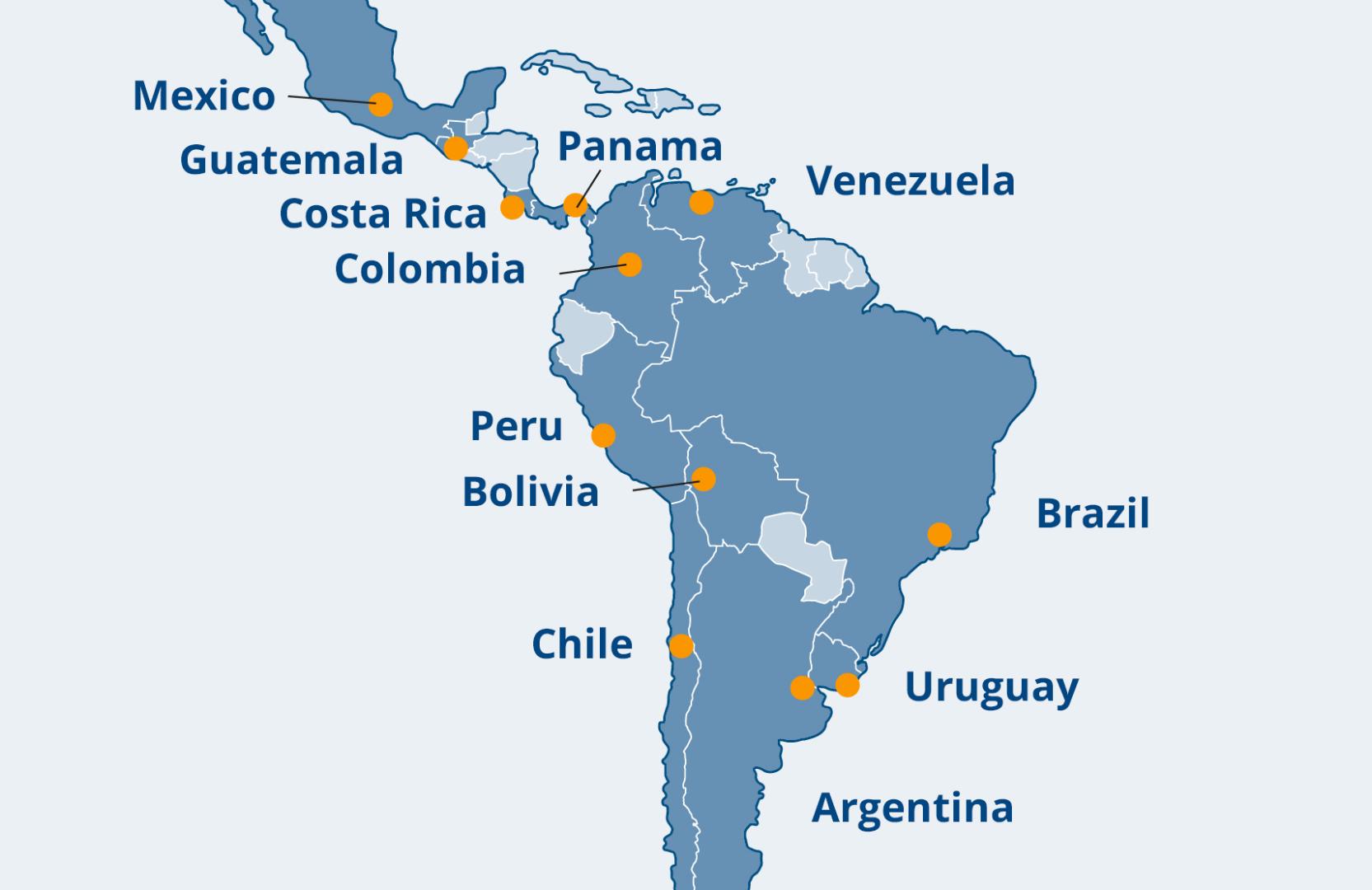
Countries in Latin America:
- Belize
- Costa Rica
- Cuba
- Dominican Republic
- El Salvador
- Guatemala
- Haiti
- Honduras
- Jamaica
- Mexico
- Nicaragua
- Panama
- Saint Lucia
- Argentina
- Bolivia
- Brazil
- Chile
- Colombia
- Ecuador
- Paraguay
- Peru
- Uruguay
- Venezuela
- French Guiana
- Guadeloupe
- Martinique
- Puerto Rico
- Saint Martin
- Uruguay
Talented Latin American workers are eager to join US tech companies.
Most are from a younger demographic and many are from politically stable countries.
What are the salary range expectations for remote Latin American employees?
If you’re interested in hiring nearshore developers in Latin America, you’re probably wondering how much you will need to pay.
While it definitely depends on experience and the role you’re hiring for, surveys have found that hiring software developers in Latin America can be 2x less expensive as hiring locally.
And it works great for your Latin American cohorts because they’ll still be making 2x-4x what they would be making if they were working locally.
It’s a win-win!
Surveys have also shown that the US pays nearshore developers the most.
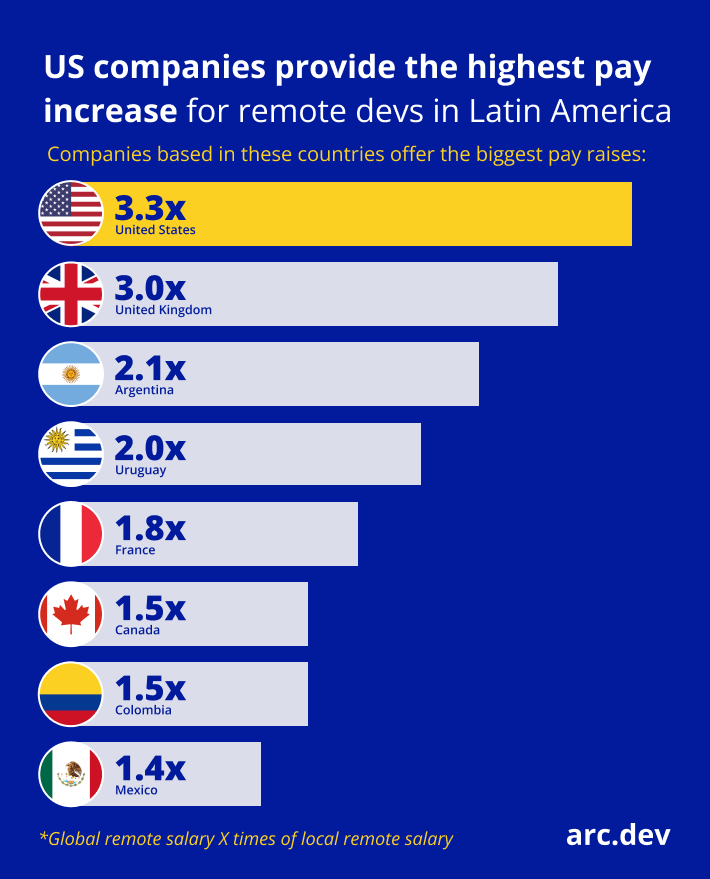
If you want to get more specific into hourly wage comparisons, check out this chart too:
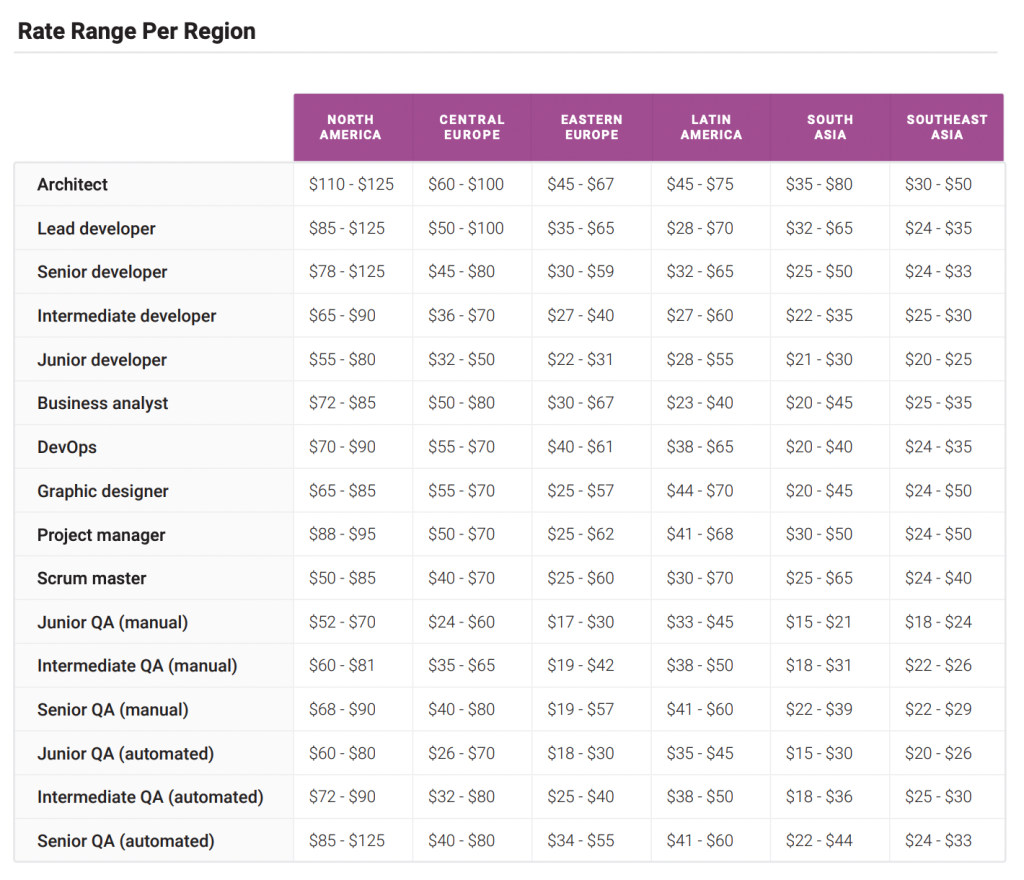
Despite the lower costs, you should still be focused on hiring the right candidates for your business.
There are also additional costs to hiring remotely, like paying for an Employer of Record service (EOR), and you need to abide by their local labor and employment laws.
If you’re in the US and you want to offer a competitive salary, your offers should come in around 2x-3x what they would be getting paid locally.
For example, the average software developer salary in Costa Rica is ₡14,400,000 Colon/ year, which is $24,298 USD.
So to be competitive with other US companies for hiring a software developer from Costa Rica, your offer should come in around $48,596 to $72,894 (2-3x).
This is still much cheaper than hiring a local developer, which can cost upwards of six figures for the same skills.
Hiring Latin Americans has fewer language barriers
English proficiency is an extremely important skill when looking to outsource or hire remotely.
The great part about hiring people in Latin America is their English proficiency.
English is the third most spoken language in South America. There are 5.4 million English speakers in South America.
Tech talent in LatAm that work remotely are some of the best English speakers of the lot.
That means you will be able to get your remote teamers onboarded faster, with less time spent explaining things.
Many countries in Latin America score well on English proficiency index surveys.
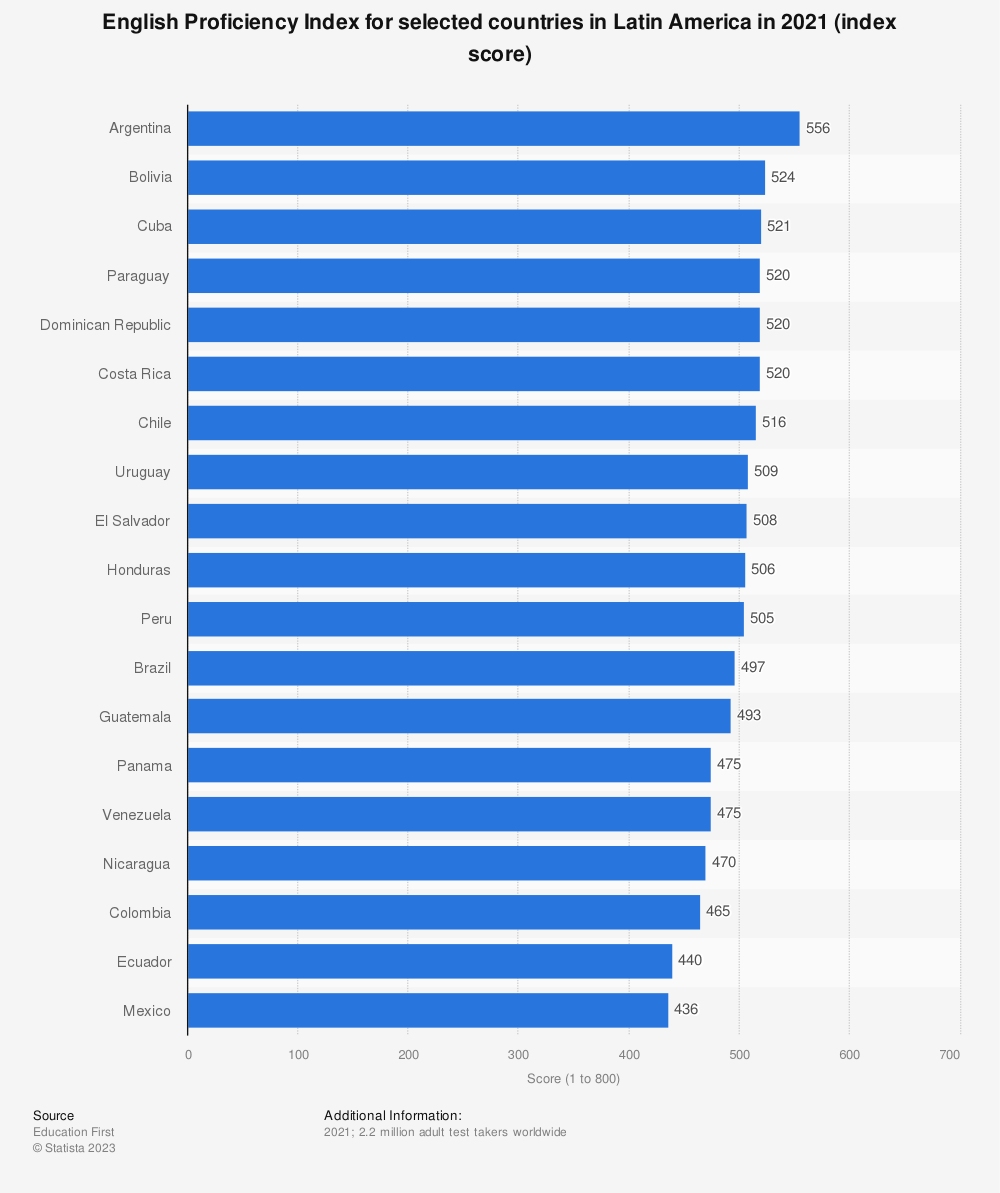
English Proficiency data in Latin AmericaStatista
Most young Latin Americans learn English at school and countries like Peru, Chile, Ecuador, Mexico and Brazil have all surpassed countries like China and India in English language proficiency.
Aside from English, pretty much everyone in Latin America speaks Spanish and Portuguese too.
So if your managers speak Spanish or Portuguese, you’re even better off.
Millennials and skilled professionals in these countries will have intermediate to advanced English language skills.
Surveys have found that English proficiency in Latin America has increased even further since the pandemic.
Aside from having co-workers who are easier to communicate with, there are also a lot of cultural similarities that make work life easier.
Hiring remote workers from China or India for example has language and culture barriers.
Latin America has comparable time zones
American firms that hire nearshore tech talent enjoy working with people in a similar time zone.
This means that if your app breaks down and you need to contact your remote software engineer, you don’t need to worry about waking them up in the middle of the night to assist.
Here’s an example of the time zones in South America:
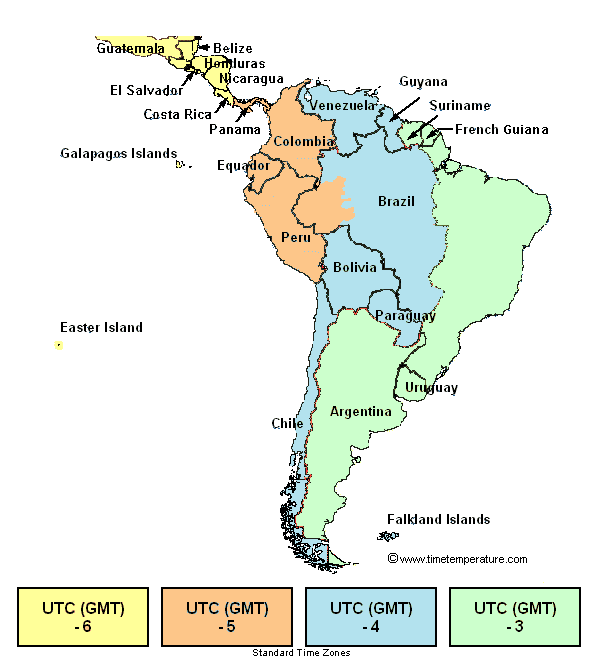
Large countries like Brazil use 4 time zones but most of Brazil follows Brasilia’s (Brazil’s capital) official time which is UTC-3.
The South American time zone map looks like this:
- UTC – 5
(Brazil, Colombia, Ecuador, and Peru)
- UTC – 4
- UTC – 4.30
- UTC – 3
(Argentina and Uruguay)
- UTC – 2
For example, 9:00 AM in California is 2:00 PM in Brazil.
12:00 PM in New York is 2:00 PM in Argentina.
This makes scheduling meetings WAY easier.
Compared to India, 12:30 PM in New York is 11:00 PM in India. They will be in bed while you’re doing your afternoon work.
Diversify with staff that share your cultural values
Hiring from Latin America means that work will be easier, the culture is similar, and English is proficient. It’s definitely the best answer for US companies that need tech talent.
Latin America is a huge talent pool opportunity for remote talent
Thanks to COVID-19, we’re now living in a world where remote work has become the standard.
This has opened a lot of doors for skilled tech talent in other countries like Latin America.
In fact, there are over 1,00,000 software developers in Latin America.
Most of which are located in Brazil, Mexico, Argentina, and Columbia.
US Companies are facing a talent gap, where there are more tech jobs being posted yearly than there are people available to fill them.
This is where countries in South America come in to save the day.
The tech workforce in these countries is skilled, eager, educated, and ready to help US firms grow.
A standardized skill assessment testing company, Correlation One, recently surveyed 750 Latin American participants and found their skills to be nearly identical to assessment scores in North America.
They also found LatAm participants are just as hard-working, creative, and enterprising as US talent.
In our experience, there is no difference between the very best data candidates in Latin America and the United States. They are equally impressive.
Correlation One
Real World stories from LatAm tech talent
While Latin American countries like Brazil and Argentina are experiencing declining currency value, their talent pool continues to increase.
This is thanks to remote opportunities.
U.S. technology companies, from start-ups to Coinbase and Shopify, to seek new hires in Latin America — where they can find qualified people in roughly the same time zone who will work for much lower pay.
Here’s a summary of a story from inquirer.com.
Alexandre Rocco was recently hired by a Silicon Valley start-up, and the deal was beneficial for both parties.
Alexandre was recently messaged on LinkedIn about the possibility of working for a US-based start-up.
Previously, Alexandre thought there would be complex barriers to overcome like time zones, cultures, and working remotely.
But after switching jobs, his pay went up by about 40%, while the company still managed to save money compared to hiring locally.
A recent survey found the amount of companies hiring remote tech talent from South America has increased by 286%.
This is due to the talent gap between the lack of skilled workers available in the US compared to the number of jobs being posted.
“If I’m hiring a person in Cleveland, why not just hire a person in Bogota? They’re both remote, they’re both on the same time zone. And I can do that in a much more cost-efficient way right now.”
Josh Brenner, CEO of Hired

